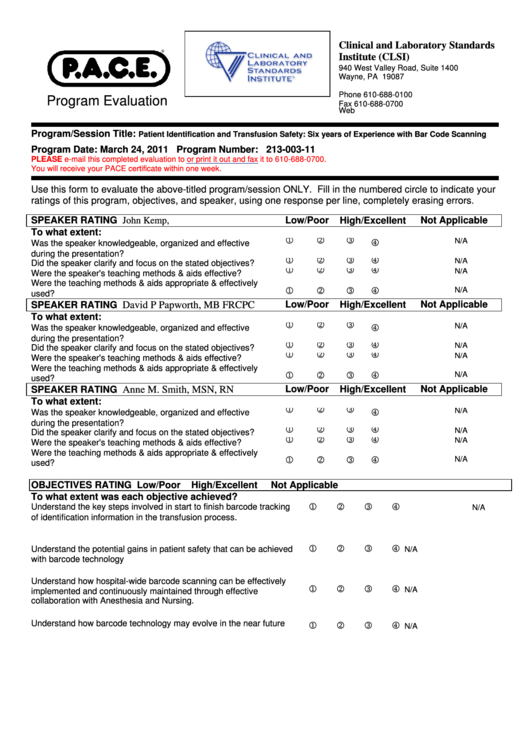
Agencies include, but are not limited to: If the agency representative did not attend, the IEP team should document their input. When IEP meetings involve transition planning, the school district must invite a representative of any other agency likely to be responsible for providing or paying for transition services. The IEP will clearly outline what the student wants to do when they have completed high school, where they want to learn and work, how they want to live (e.g., independently, with family, in a group home), and how they want to take part in the community (e.g., transportation, recreation, etc.). If the student does not attend, steps must be taken to ensure that the student’s strengths, preferences, interests, and vision are considered as part of the IEP development. The IEP team should actively involve the student in developing their IEP. Transition Services must be addressed on the student's IEP no later than the beginning of the student's ninth grade year or upon turning 16 years of age, whichever comes first, or younger, if determined appropriate by the IEP team, and updated annually. These plans are designed to meet individual needs as they progress through school. Transition plans assist students in meeting their post-school goals, such as: gainful employment, post-secondary education or training, independent living, military, and/or group living. Transition services are crucial in supporting students as they plan for post-school goals.


The Oklahoma state policy requires transition services to be addressed and in effect not later than the beginning of the student's ninth grade year or upon turning 16 years of age, whichever comes first, or younger, if determined appropriate by the IEP team, and updated annually.


 0 kommentar(er)
0 kommentar(er)
